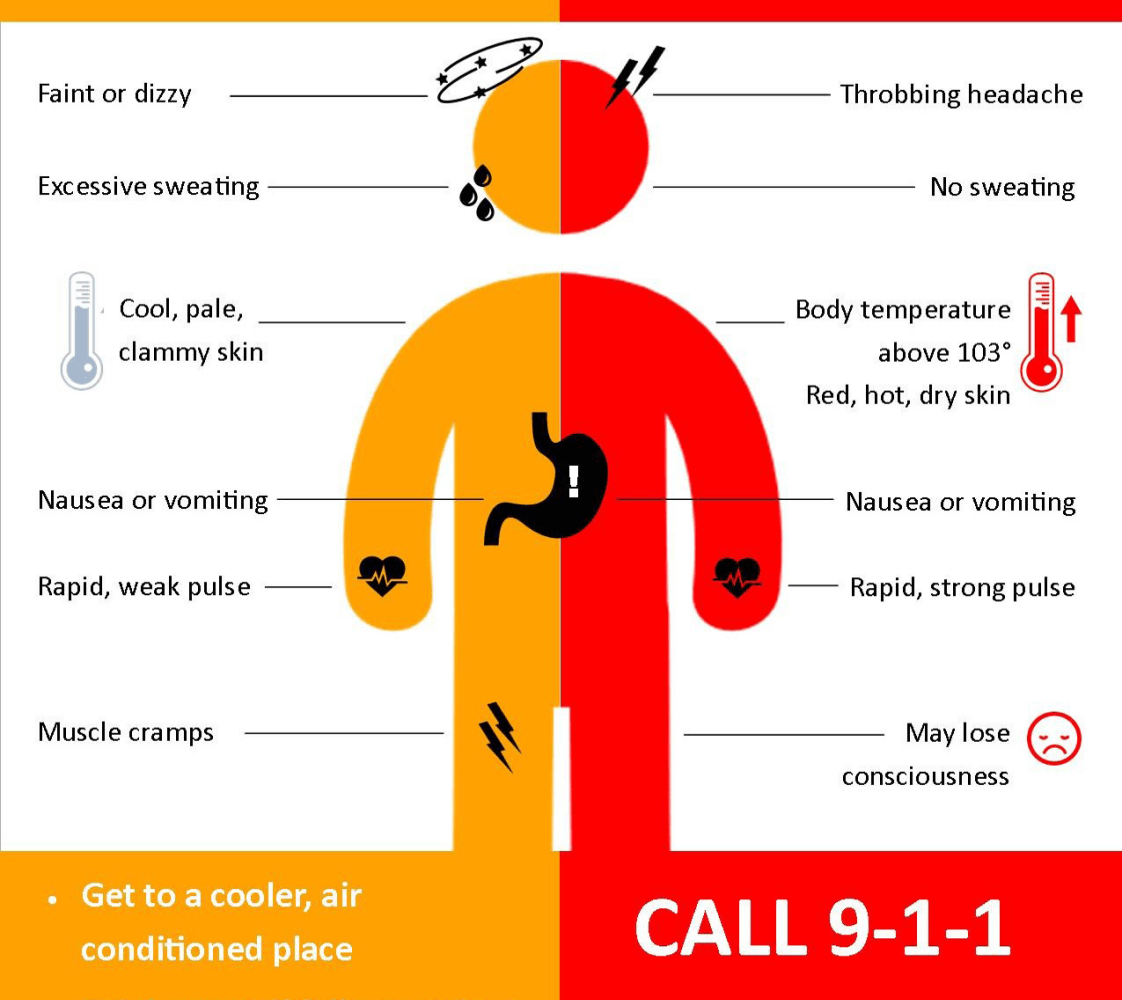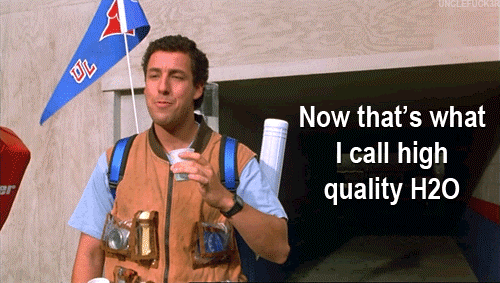SUMMER IS COMING… And per OSHA laws, employers are required to furnish a workplace free of recognized hazards, which includes hot environments, employers should:
- Provide workers with water, rest and shade.
- Allow new or returning workers to gradually increase workloads and take more frequent breaks as they acclimatize, or build a tolerance for working in the heat.
- Plan for emergencies and train workers on prevention.
- Monitor workers for signs of illness.
The human body is a miraculous creation. With natural mechanisms to combat earthly diseases, chemicals and demanding temperatures, the body works to adapt to its environment in order to keep you going.
Your body will work in various ways in order to maintain an internal temperature of about 98.6 degrees Fahrenheit at all times. Workers performing duties outside in the sun for hours on end often experience the bodily mechanisms that work together to maintain this homeostatic condition.
First, you will notice a rise in heart rate indicating blood is pumping more frequently throughout the body. The body is now sending warm blood towards your extremities and the surface of the skin 1) because you are performing work requiring strenuous and repetitive, full-body movements and 2) because pushing blood to the surface of the skin will allow heat to escape more easily by allowing heat to radiate off of the body. Often simultaneously with increased circulation of blood comes perspiration, or sweating, indicating the body is flushed and attempting to expel heat through evaporation. This happens when thermal energy is released through the skin into sweat, cooling the superficial layers of the skin as wind passes over the surface. Why do dogs always hold their tongues out after a couple minutes running around in the sun? Evaporation of sweat on the skin is difficult when you are covered in hair. Naturally, as their heart rate and breathing rate increases, the mouth remains open allowing the moisture on the tongue and in the mouth to evaporate and cool the body. REMEMBER: high humidity reduces the rate of evaporation. Be sure to look at the Heat Index for your location in order to be aware of the relative humidity in your area.
All natural bodily cooling mechanisms aside, it is ESSENTIAL to ensure that you and your coworkers stay hydrated! Having a steady supply of not just water but also electrolytes (salts) is crucial to staying hydrated, and will help lower your chances of suffering from heat stress, heat exhaustion and heat stroke while working outside in the sun for hours on end. When our bodies begin to feel the effects of dehydration, we may notice fatigue, weakness and a dry mouth. Check out the diagram below from the National Weather Service to compare signs and symptoms of the more serious consequences of working in hot environments without sufficient cooling and hydration:


Even though OSHA lacks a specific standard which addresses heat stress, employers can be fined under OSHA’s General Duty clause for failure to manage this hazard, especially if it results in injuries.
